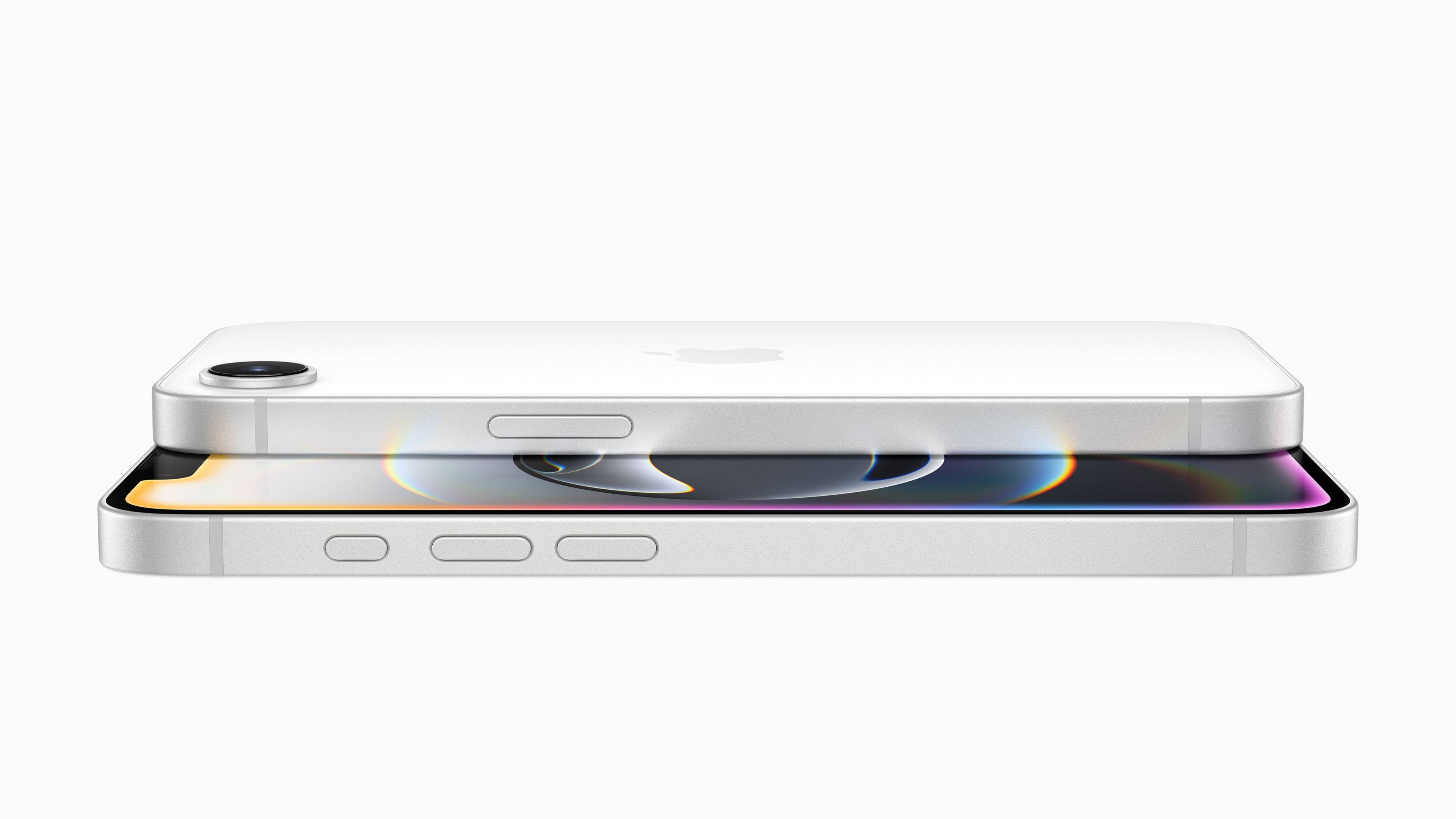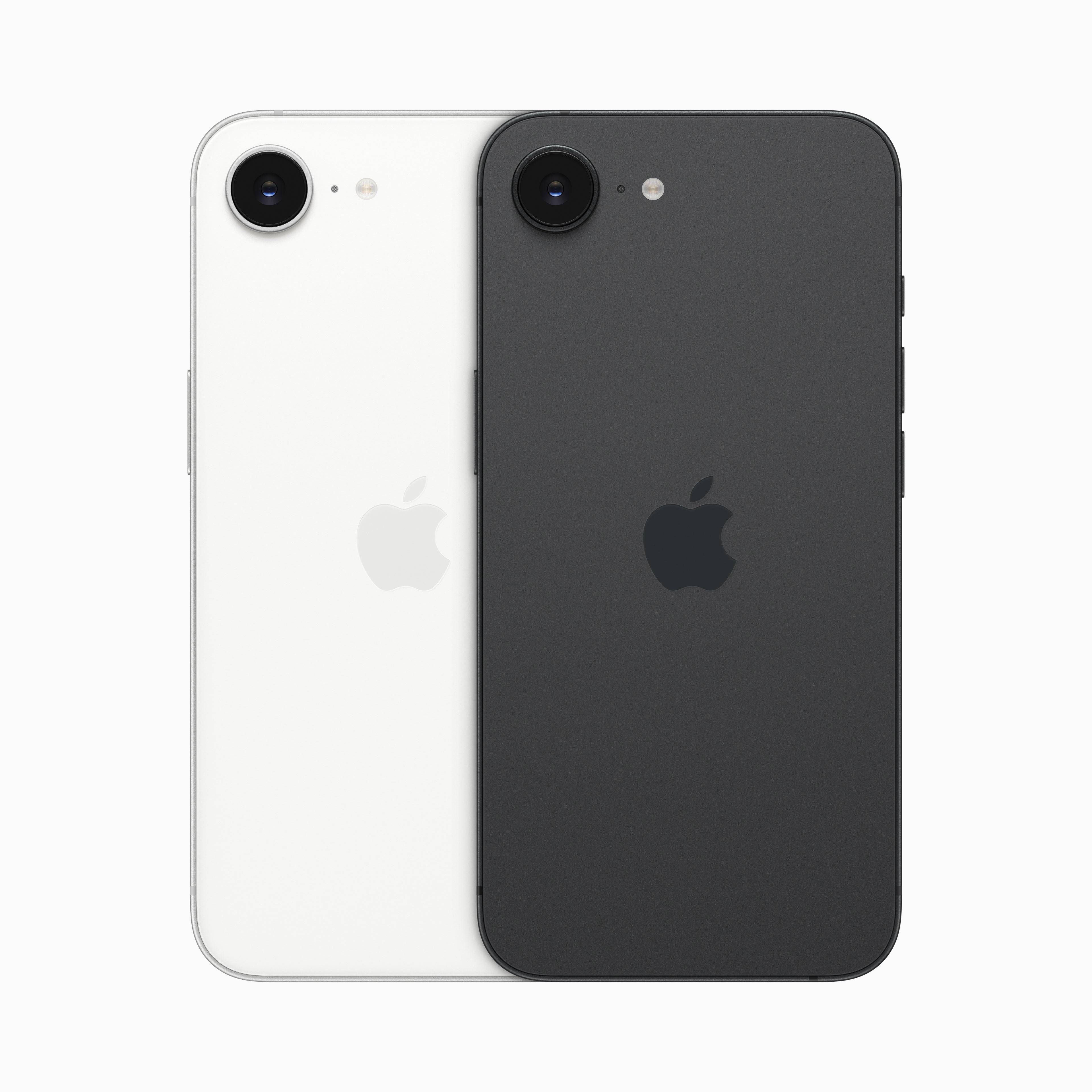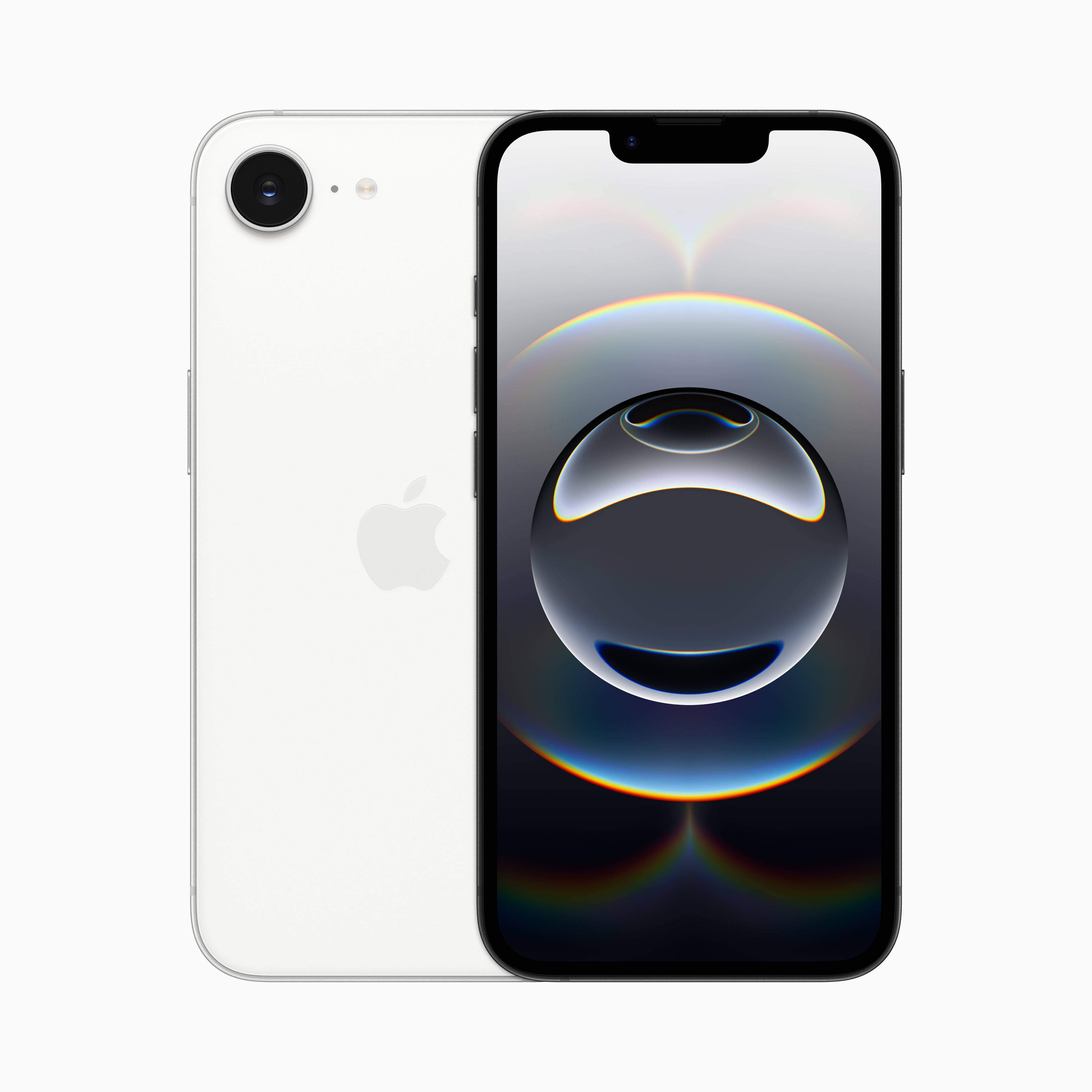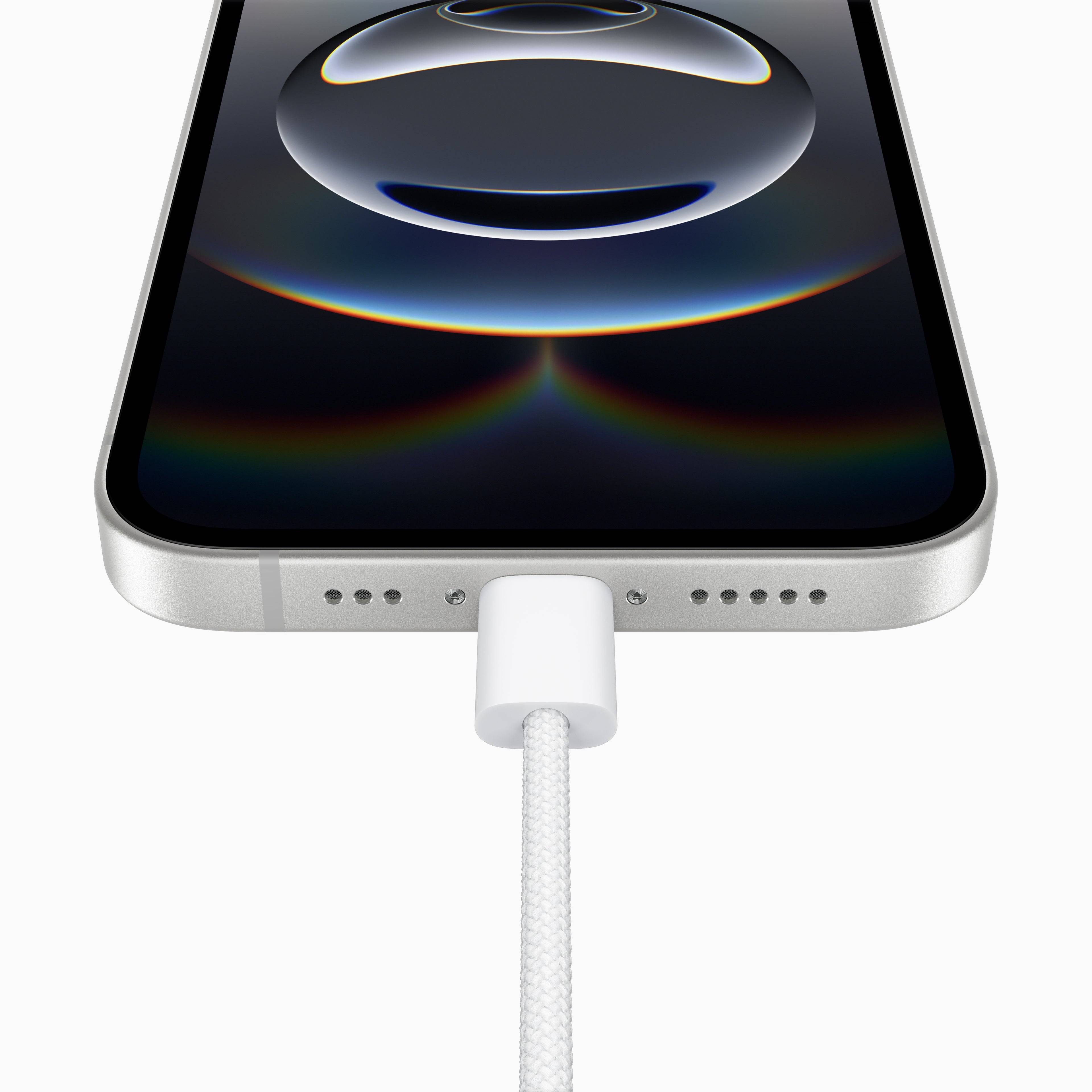On Wednesday morning, Apple unveiled the iPhone 16e, marking it as the most affordable option in their latest lineup. This new model replaces the now outdated 2022 iPhone SE, shifting away from the deep discounts the SE series was known for. Priced at $599, the iPhone 16e narrows the gap with the $799 iPhone 16 released last fall. Pre-orders begin on Friday, Feb. 21, with the official release set for the following week on Friday, Feb. 28.
The iPhone 16e introduces Apple's C1 cellular modem, a significant development considering Apple's success with in-house chips like the M1 and A-series in its devices. The modem's performance is crucial, and any shortcomings could lead to connectivity issues. Apple's past "Antennagate" scandal with the iPhone 4 serves as a reminder of the importance of robust antenna design, and hopefully, the iPhone 16e will not repeat such issues.
iPhone 16e

 4 Images
4 Images

From the front, the iPhone 16e closely resembles the iPhone 14, sporting a 6.1-inch OLED display with a 2532x1170 resolution and a peak brightness of 1,200 nits. While it doesn't match the sharpness or brightness of the iPhone 16, it does include the Action button and a USB-C port, though it omits the Camera Control feature.
The back of the iPhone 16e distinguishes it from other models with its single 48MP camera, reminiscent of the iPhone SE. This camera shares similarities with the iPhone 16's main camera but lacks advanced features like sensor-shift stabilization and the latest Photographic styles. The selfie camera remains unchanged and supports Face ID.
The phone's construction features an aluminum frame, a glass back, and Apple's Ceramic Shield front. Although Apple touts Ceramic Shield as "tougher than any smartphone glass," it's noteworthy that a newer, supposedly "two times tougher" version exists, raising questions about the durability of the older version on the iPhone 16e, especially considering the wear observed on the iPhone 16 during reviews.
Internally, the iPhone 16e showcases product stratification with its "A18" chip. While it matches the iPhone 16 in CPU cores, it has a 4-core GPU compared to the iPhone 16's 5-core GPU. This suggests a performance step down from the iPhone 16, though the inclusion of the Neural Engine ensures compatibility with Apple Intelligence features.
The iPhone 16e, at $599, represents a compromise to maintain a lower price point compared to other Apple phones. However, it's not as discounted as the early iPhone SE models, which launched at $429. The design, based on a model just a couple of years old, is a step up from the dated look of the 2022 iPhone SE, despite minor annual tweaks since 2018.
The performance of the iPhone 16e remains to be seen, especially given the competitive landscape of Android phones around the $600 mark, such as the OnePlus 13R. Apple might struggle to attract buyers outside its ecosystem with this offering.


















